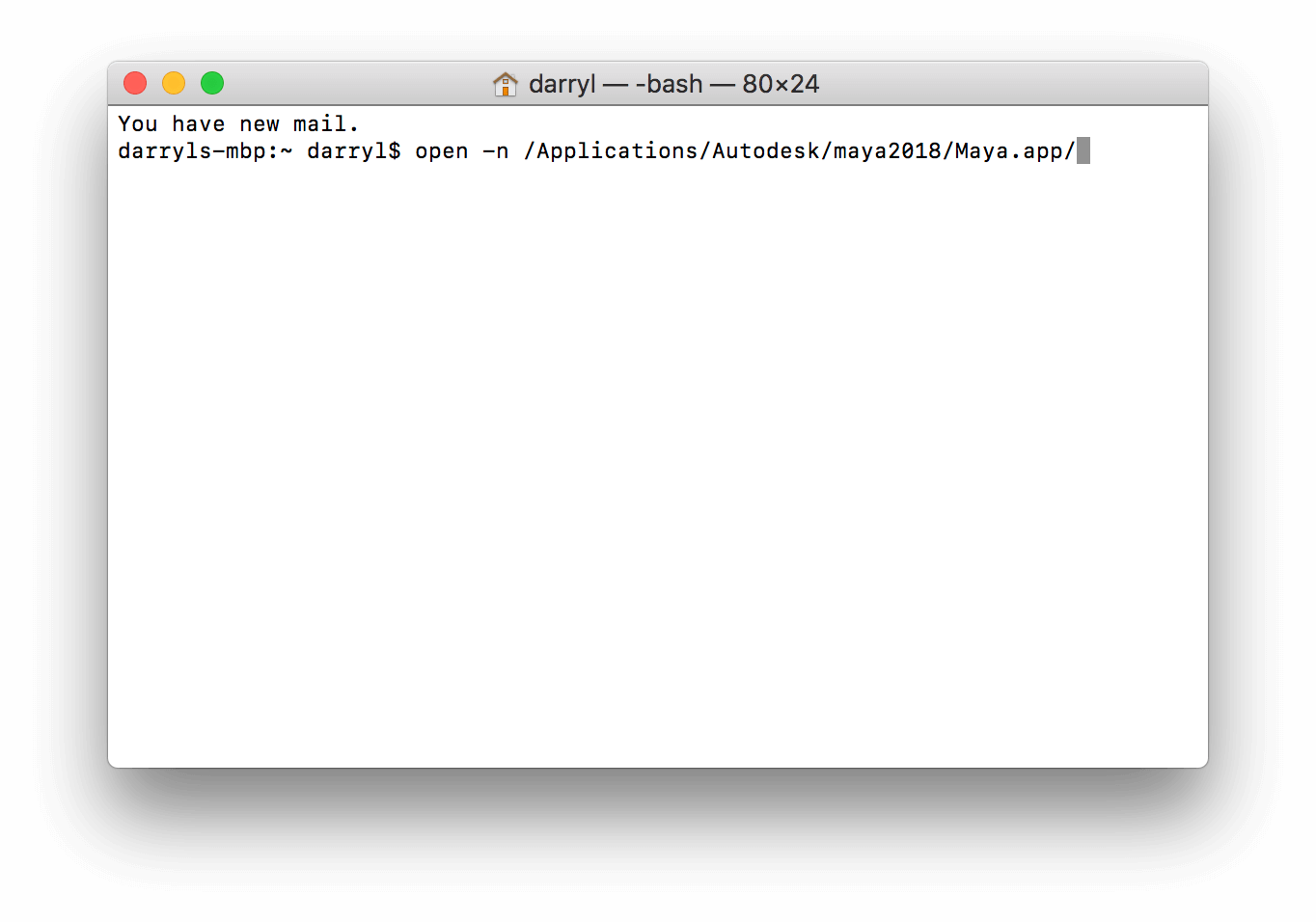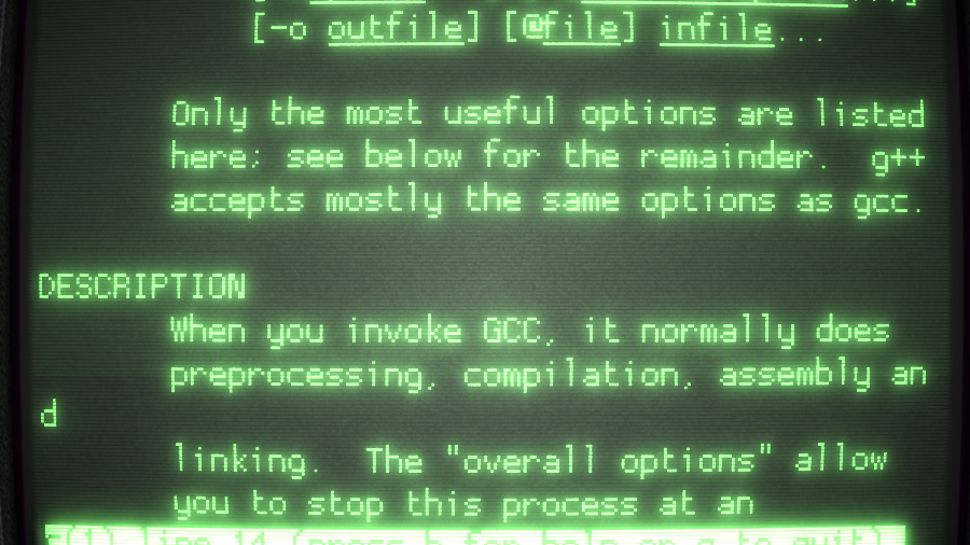

- #APP FOR MULTIPLE TERMINAL MAC HOW TO#
- #APP FOR MULTIPLE TERMINAL MAC MAC#
- #APP FOR MULTIPLE TERMINAL MAC WINDOWS#

Select On startup, open: New window with profile: Select the General button in the Preferences toolbar. Select Preferences from the Terminal menu.
#APP FOR MULTIPLE TERMINAL MAC HOW TO#
If you would like to always have your Terminal window use a specific profile, here’s how to do it: Go ahead and click through the various profiles until you find one you like. Every premade profile will be shown you can click on a profile and the current Terminal window will change to show the new scheme. In the Inspector window, click the Settings button.
#APP FOR MULTIPLE TERMINAL MAC WINDOWS#
There’s an easier way to examine the various profile settings, without having to open multiple Terminal windows instead, select Shell, Show Inspector. (The Inspector is an easy way to select one of the predefined profiles for the Terminal window.) You can try each one out by selecting Shell, New Window, and then selecting a profile name from the menu. Terminal comes with a number of predefined profiles that set the colors used in a Terminal window. Terminal has a number of customization options that you may wish to take advantage of, starting with the basic background color and text color. OK, let’s move on to getting Terminal to look and operate the way you want it to. Once you’ve moved to a new folder, use the ls command to view its contents.

Please note Terminal is case sensitive, so Shared is not the same folder as shared. If you wanted to examine any of these folders, you could use the cd command we tried earlier, such as cd Shared. On my Mac, I see a Shared folder, along with three user account folders. This time, the Terminal window will produce a list of items found in the Users directory. Let’s try one more command, and then move on to some Terminal configuration options. tells the command to go up one level in the directory hierarchy. That’s because the cd command means to Change Directory, while the. If you look at the prompt, it changed to show that the current working directory has changed to Users. Nothing much happened, although if you look at the Terminal window title, it changed to say Users. Then press enter or return on your keyboard. Note the window has been customized with a different background color.) Just after the $ prompt is a dark rectangle that serves as Terminal’s cursor, showing the current location at which text will appear. On my Mac, it displays the last time I logged in (used Terminal), and then the Terminal command prompt, which consists of my Mac’s name, the current directory, and the currently logged in user, ending with a $ prompt. The working area of the Terminal window will initially contain just a few lines of text. Once launched, Terminal will display a window containing a title listing the current working directory, usually your home folder, the type of shell in use, such as Bash, and the window size in characters, such as 80×24 (80 characters across and 24 characters or lines down).
#APP FOR MULTIPLE TERMINAL MAC MAC#
You can launch Terminal just like any other Mac app. The Terminal app is located at /Applications/Utilities. So, let’s get started with how to launch and configure Terminal for your use.

We’ll also look at some basic file system manipulation as examples of ways to use Terminal. In the first part of our introduction to Terminal, we’re going to look at Terminal with an eye to more basic usage, primarily as a way to modify the standard behavior of the Mac OS. If you’re interested in creating shell scripts, Apple provides a developer’s guide to scripting using Terminal and the various UNIX shells. The entire syntax that the Bash shell understands is a bit beyond this article. It’s not just simple text commands you enter, such as displaying the contents of a folder, that the Bash shell can process, but also scripts, chains of commands, piping, conditional testing, variables, and more. The UNIX shell, in this case, a Bash shell, provides a command processor that can interpret text entered by the user. The Mac’s Terminal app emulates the old terminals, and provides access to a UNIX shell, where you can issue commands to manipulate the UNIX system that underlies the Mac OS. (The default Terminal window, with black text on a white background.) At first glance, Terminal seems to be the antithesis of the Mac’s friendly GUI (Graphical User Interface), presenting instead a simple command line interface that harkens back to the days of glowing CRTs with green, amber, or whitish text, connected to some distant computer system. Terminal may be one of the least used but most powerful apps included with a Mac.


 0 kommentar(er)
0 kommentar(er)
